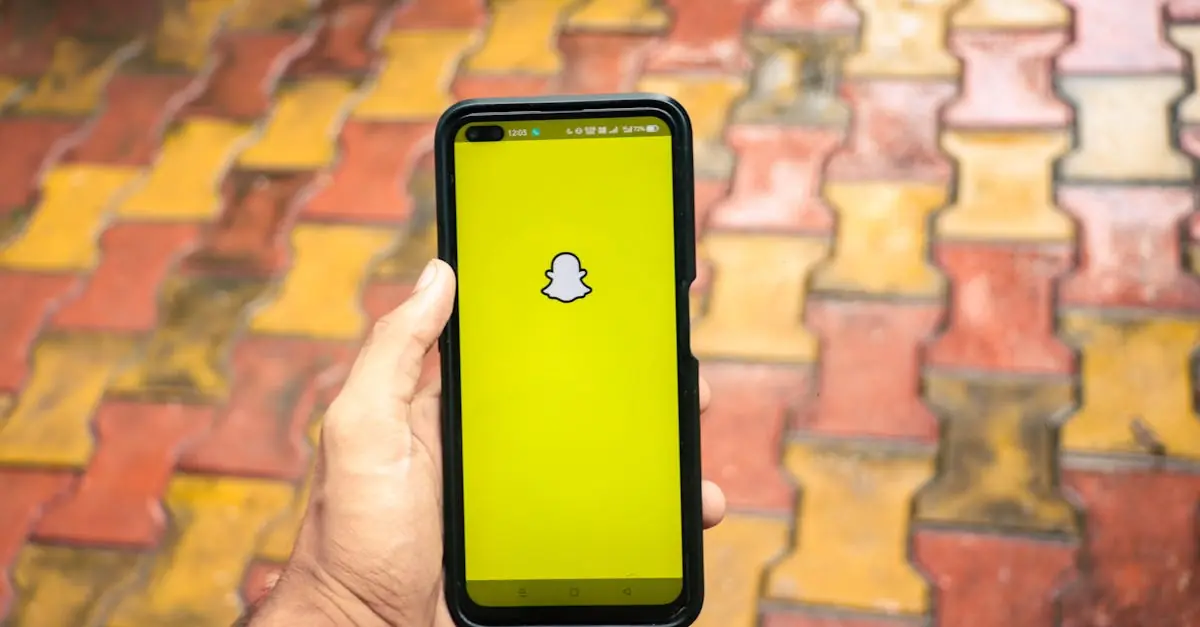In a world where cat videos reign supreme and memes spread faster than gossip at a family reunion, social media campaigns have the power to catapult brands into the limelight overnight. Every scroll through a feed reveals the latest viral sensation, leaving many to wonder how some campaigns hit the jackpot while others fizzle out like a soggy firecracker.
Table of Contents
ToggleOverview of Viral Social Media Campaigns
Viral social media campaigns capture widespread attention, driving significant engagement for brands. Campaigns often leverage humor, relatability, and creativity to resonate with audiences. Examples include the Ice Bucket Challenge, which raised over $220 million for ALS research, and the “Share a Coke” campaign, where Coca-Cola personalized bottles with names, leading to a 4% increase in sales.
Key elements contribute to the virality of campaigns. First, emotional connections to content increase sharing likelihood. Second, short videos and eye-catching visuals enhance engagement. Third, timely topics that align with current trends boost visibility.
Fifty-three percent of consumers reported interacting with brands because of engaging social media content. Successful campaigns encourage user participation, prompting users to create their own content. The “#MannequinChallenge” invited people to freeze in place, resulting in widespread participation across various platforms.
Marketers consistently study successful campaigns for insights. Brands learning from successful strategies adapt their approaches, aiming to create shareable content. Several campaigns, such as Dove’s “Real Beauty,” focused on authenticity and inclusivity, garnering impressive organic engagement.
Competitiveness in social media space drives brands to innovate. Viral campaigns set benchmarks, prompting others to replicate success. Understanding audience preferences and trends helps brands create relevant and impactful content.
Analyzing viral campaigns reveals common themes. User-generated content enhances connection and fosters community. Rapid response to trends ensures brands remain relevant, highlighting the importance of agility in marketing strategy.
Key Elements of Successful Campaigns
Successful social media campaigns incorporate specific elements that contribute to their virality. Understanding these factors can greatly enhance a campaign’s effectiveness.
Engaging Content
Engaging content draws the audience’s attention and encourages sharing. Humorous elements or relatable scenarios often captivate viewers, prompting them to interact. Campaigns that utilize visually appealing elements, such as bright colors or interesting graphics, tend to perform better. Metrics indicate that 53% of consumers engage with brands through such content. Examples include clever memes or emotional stories that resonate deeply with viewers. Successful campaigns typically elicit a strong response, leading audiences to share and amplify the content across their networks.
Target Audience Identification
Identifying the target audience plays a crucial role in campaign success. Knowing their preferences and behaviors allows brands to tailor messages effectively. Campaigns often analyze demographics and psychographics to capture audience interests. By targeting specific segments, brands increase the chances of resonating with viewers. The right messaging reaches the right people at the right time, driving engagement. Data reveals that campaigns focused on precise audience identification yield higher interaction rates. Understanding this aspect enables brands to develop strategies that align with audience expectations and foster deeper connections.
Case Studies of Viral Campaigns
Several social media campaigns achieved viral success, showcasing strategies that captivated audiences and encouraged engagement. Below are notable examples that illustrate effective approaches.
Campaign 1: Ice Bucket Challenge
The Ice Bucket Challenge raised awareness for Amyotrophic Lateral Sclerosis (ALS). Participants poured ice water over themselves and challenged others to do the same. This campaign generated over $220 million in donations globally. Engaging video content emphasized humor and urgency while encouraging widespread participation. Celebrity endorsements amplified its reach, making it a memorable viral sensation.
Campaign 2: Share a Coke
Coca-Cola’s Share a Coke campaign transformed cans into personalized experiences. The brand printed popular names on its bottles, prompting consumers to find their own. This simple, relatable concept spurred a 4% increase in soft drink consumption in the U.S. The campaign encouraged photo sharing across social platforms, enhancing community interaction. It demonstrated how personal connection drives engagement.
Campaign 3: Dove’s Real Beauty
Dove’s Real Beauty campaign focused on promoting body positivity. By featuring real women of diverse shapes and sizes, the brand challenged beauty stereotypes. This campaign became iconic, accumulating over 170 million views on its launch video. Emotional storytelling fostered deep connections with audiences, making it widely impactful. The message resonated, spurring ongoing discussions about self-esteem and beauty standards.
Lessons Learned from Viral Campaigns
Successful social media campaigns provide valuable insights for brands. Engagement remains crucial, as 53% of consumers interact due to captivating content. Emotional connection drives participation, proving that relatable scenarios resonate deeply with audiences. Creativity enhances shareability, enabling campaigns like the Ice Bucket Challenge to gain momentum.
Analyzing effective strategies reveals the power of user-generated content. Campaigns that encourage audience involvement amplify reach significantly. The “Share a Coke” initiative exemplifies how personalization fosters engagement. By printing names on bottles, Coca-Cola experienced a 4% increase in consumption and stimulated social sharing.
Understanding the target audience forms the foundation of successful campaigns. Tailoring messages based on preferences leads to higher interaction rates. The Dove Real Beauty Campaign highlights how diversity in representation fosters discussions around body positivity.
Visual appeal serves as another key factor in driving engagement. Posts with striking imagery attract more views, reinforcing the message and encouraging shares. Humor plays a significant role, with campaigns that leverage wit typically scoring higher in audience retention.
Flexibility contributes to the success of viral campaigns. Marketers must adapt to changing trends while staying true to brand identity. Monitoring analytics allows for real-time adjustments that enhance overall performance.
Ultimately, collaboration with influencers can amplify reach and credibility. Partnering with trusted figures extends a brand’s message to wider audiences, making campaigns more impactful. Brands that incorporate these lessons will enhance their chances of achieving viral success.
Viral social media campaigns demonstrate the power of creativity and emotional connection in today’s digital landscape. Brands that embrace humor relatability and visually appealing content can significantly enhance their visibility and engagement. The success of campaigns like the Ice Bucket Challenge and Share a Coke illustrates how innovative strategies can resonate deeply with audiences and drive participation.
As marketers continue to analyze these viral successes they’ll find valuable insights that can shape future campaigns. Understanding the target audience and leveraging user-generated content will remain crucial in crafting messages that not only capture attention but also encourage sharing. In an ever-evolving social media environment staying adaptable and open to new ideas will be key for brands aiming to achieve viral success.



